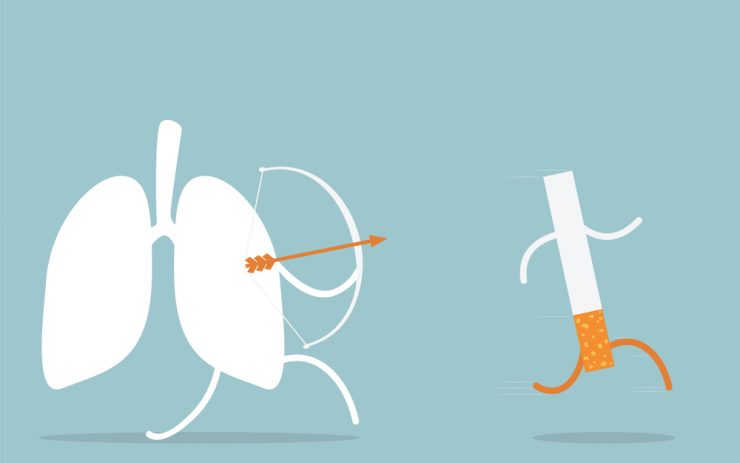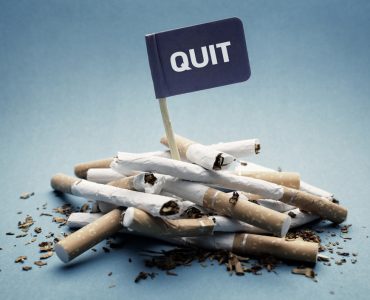Coping with the physical symptoms of nicotine withdrawal is possible if the symptoms are dealt with as soon as they are recognized. Withdrawal symptoms can begin in as little as 20 minutes after the last cigarette or up to two hours later. When attempting to quit smoking, the smoker may encounter “smoker’s flu,” or symptoms that imitate a cold or flu. Others have nicotine cravings, stomach pain, irritability, sore throat, dry mouth, cough and headaches.
There are several ways to deal with the withdrawal symptoms. You can use over-the-counter medicines for the stomach pain, sore throat, cough and headaches. But the irritability and nicotine cravings normally last less than 5 minutes and do not respond to over-the-counter medicine. The best way to cope is to stay busy until the craving passes. Some suggestions are:
Drink a lot of water. It makes cigarettes less appealing.
Start an exercise class, go for a walk or run.
Have lunch or dinner with smoke-free friends.
Relax by taking a hot bath or shower or take a nap.
Get a massage, manicure or pedicure, even if you do it yourself.
Call your support person and stay on the phone for ten minutes.
Send an email to a friend or family member.
Eat a carrot and drink a glass of milk, both of which alter the taste of cigarettes.
Once you find something that relieves the stress caused by nicotine withdrawal, write it down and use it next time symptoms occur.
Remember that the physical withdrawal symptoms are temporary and will soon be gone for good. Keep rewarding yourself and celebrating each smoke free day. They are well deserved!













